
Virtual work setups are quickly rising in popularity amongst companies worldwide. A report by FlexJobs shows that remote work grew by 44% in the last five years. In the last ten years, it grew by over 91%. That’s practically double the growth in a decade.
With the fast-paced shift from face-to-face setups to online ones, many human resource professionals and executives struggle to keep up with the ever-changing times. While the shift might be daunting, it is far from impossible. One of the practices that managers must master in this digital age is the virtual employee onboarding process.
Here are seven tips that will help you, onboard new virtual employees, effectively:
1. Start With An Onboarding Checklist
Most HR managers are quite reactive when it comes to employee onboarding, responding only to queries as they come and not providing direction for new hires. This approach might lead to more confusion than clarity–much like writing a book without much of an outline would result into. Therefore, like anything in work or business, onboarding must be deliberate and proactive. That starts by having a remote employee onboarding checklist.
An onboarding checklist must include the topics you’ll go over, presentations you will make, the feedback you will get, people you will introduce, supervisors the new online employee should meet, and tools that they should learn for the job.
View Onboarding Checklist Template
Before the first scheduled onboarding meeting, send the recruit a copy of the checklist to review it beforehand and get a better grasp of the process before starting the journey. This will smoothen the onboarding process and avoid confusion.
2. Get Goals And Expectations
It’s always safe to say that people come into the onboarding process, or anything for that matter, really, with different sets of expectations. These expectations can either be a jumping board or a stumbling block, depending on how well HR professionals manage them.
A great employee onboarding will improve employee retention by 82%, studies by Glassdoor show. And one way to craft a great new hire onboarding experience is to set goals and expectations first. Discover what the recruit’s expectations are for the job, the work environment, the company as a whole, the workload, and so on. Use that as a jumping board to maneuver the new employees into the role and set them up for success.
3. Share Company Cultures And Values
Most organizations tend to focus on making onboarding a purely administrative brain dump. Up to 58% of companies say that their onboarding program focuses solely on providing access to processes and paperwork. While this is a vital part of the onboarding process, it is not the most important. One of the essential components is to acclimatize people to the company’s culture and values.
When onboarding new employees virtually, try to be as creative and engaging as possible when presenting company culture and values. Use videos or Google Slides or Powerpoint presentations to really make the message stick.
4. Excite Them With A Vision
The last thing you want when onboarding new employees is to bombard and overwhelm them on the first day. A better approach would be to start on a strong note and have newly onboarded virtual team members excited about the job at hand and empowered to perform their duties well.
A compelling way to achieve this is to excite people with a vision. Share the company’s short-term to long-term goals and mission statement. Check out these Mission Vision Templates to make your company goals attractive. Also, include a few testimonials from clients on how the company’s products or services have changed their lives. You can also use exciting presentations to build up momentum and motivate new employees to really put their best foot forward from the beginning.
5. Ask For Reflections
Successfully executing onboarding programs doesn’t just depend on great delivery and communication skills. It also depends on the executive’s listening skills. An onboarding program needs to be a two-way conversation to be truly successful. One of the remote onboarding best practices to achieve this is to take an ample amount of time to ask new hires for their reflections and reactions.
Ask questions like:
- How do you think your role will help us achieve the company’s goals and missions?
- Which among our values resonates with you the most? Which one do you need to work on more?
- What about our culture are you most excited to experience?
Asking good questions and drawing up meaningful reflections and reactions will help the new team members retain information better and help them see how they can apply abstract ideas like values, mission, and culture in a practical day-to-day set up.
6. Share The Tools They Need To Learn
It helps organizations to be clear on what tools and software their employees will use in remote working. There are hundreds of options available online to help virtual teams carry out various operational functions. When it comes to project management, you have selections that include options for software like Trello, Asana, Basecamp, Monday, Notion, and many others.
Provide your recruits with a comprehensive list of tools they will need to communicate, share files, hold video meetings, respond to customer requests, schedule social media postings, track expenses, manage leads. Any other activity they will need to do. You can check out this CompareCamp list of top remote work software to help you get started.
7. Introduce The Team
The final step to the onboarding process is introducing the team that the new recruits will be working with. For smaller teams, you can actually opt to show the whole company roster so that online employees have a face to attach to the various functions people play.
Creating an organizational chart to serve as a visible guide also helps with the process. Using readily-available templates from online resources can save you from the trouble of having to build a chart from scratch.
There are many sleek and professional organizational chart designs and team PowerPoint templates available on SlideUpLift, for instance. When people know whom they work with, it can be easier for them to integrate into the team and feel welcome. This can lead to a better first impression and make new members feel at home quite quickly.
Don’t Belittle Onboarding
There are different employee onboarding strategies for remote employees that you can also check out. But the bottom line is never to belittle the importance of a proactive onboarding process. Just as companies need sales, marketing, and finance processes to grow the organization through assets, we also need onboarding processes to help leverage our best asset- the people in our organization.
When we onboard well, we set our new recruits up for success, thus lower recruitment costs and increasing team morale, which can do wonders for your company. From a bird’s eye perspective, great employee onboarding programs help your company thrive even in new environments such as virtual workplace setups.
Check out this creative collection of different employee onboarding templates that you can use in your onboarding presentations.
Now you don’t have to scour the web to find out the right templates. Download our PowerPoint Templates from within PowerPoint. See how?

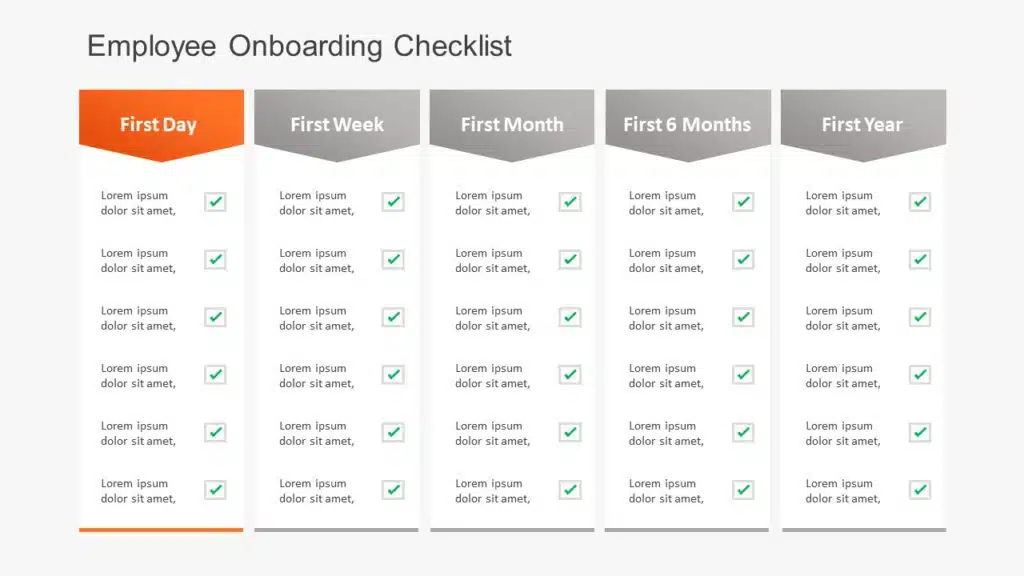
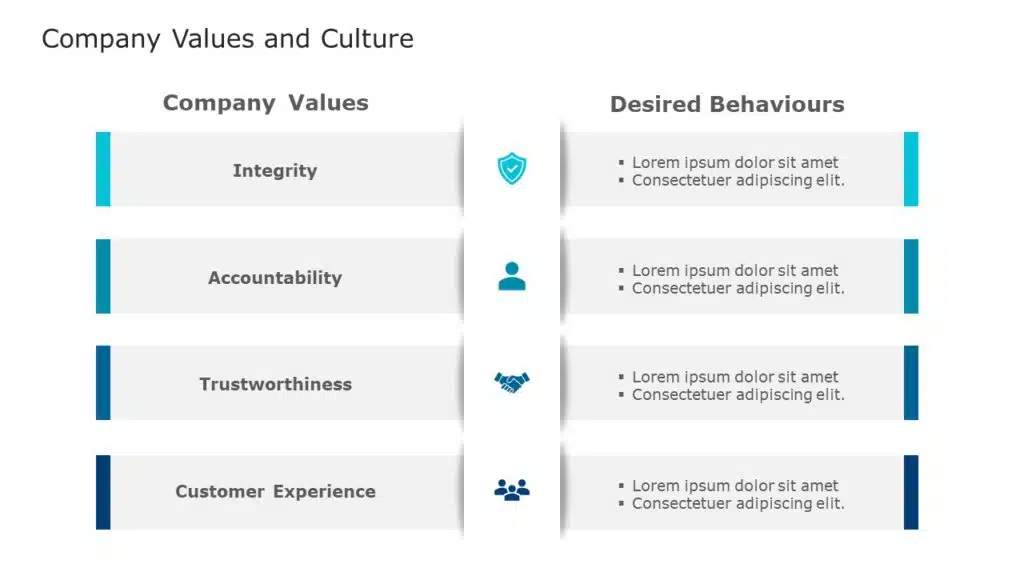
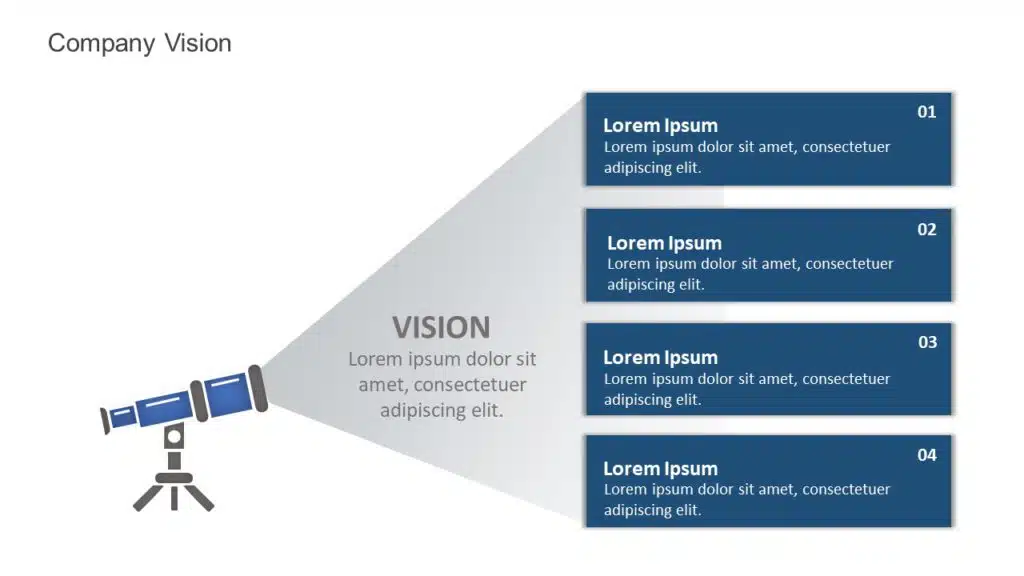
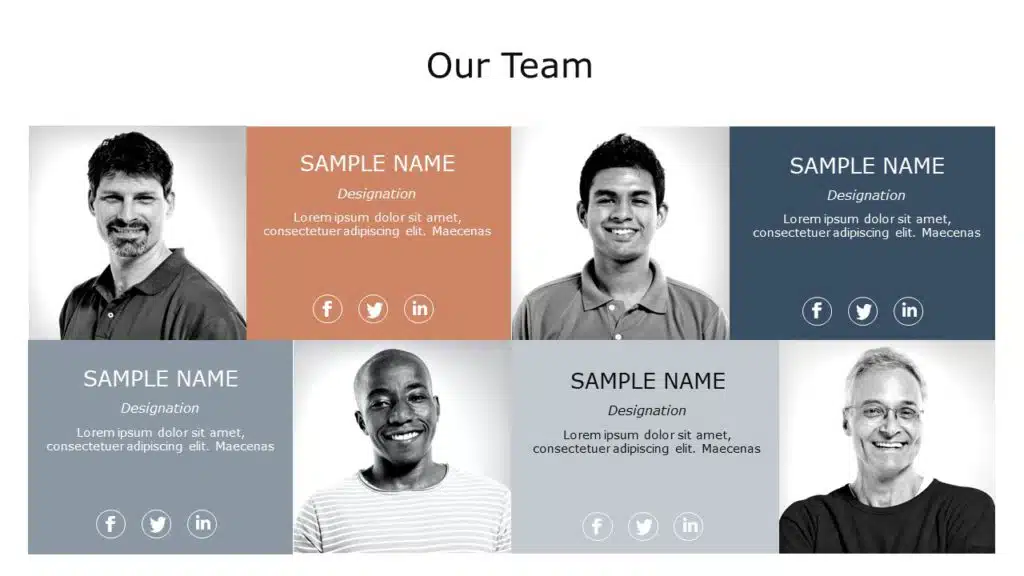
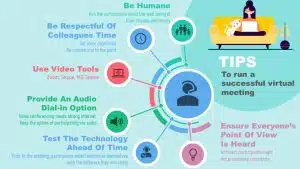
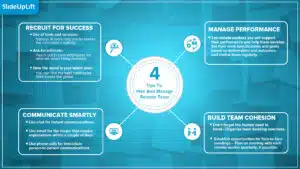
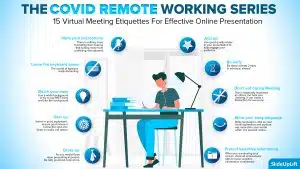


![Best professional powerpoint examples Best Professional PowerPoint Examples For Presentations [Premium Templates]](https://slideuplift.com/wp-content/uploads/2023/08/Best-professional-powerpoint-examples.jpg)
![How to make a flowchart in google slides How To Make A Flow Chart In Google Slides [Quick Flow Chart Guide]](https://slideuplift.com/wp-content/uploads/2021/11/How-to-make-a-flowchart-in-google-slides.jpg)